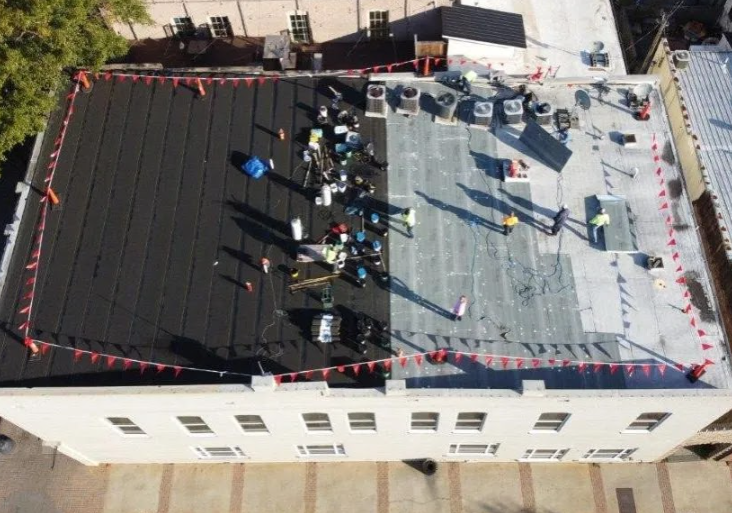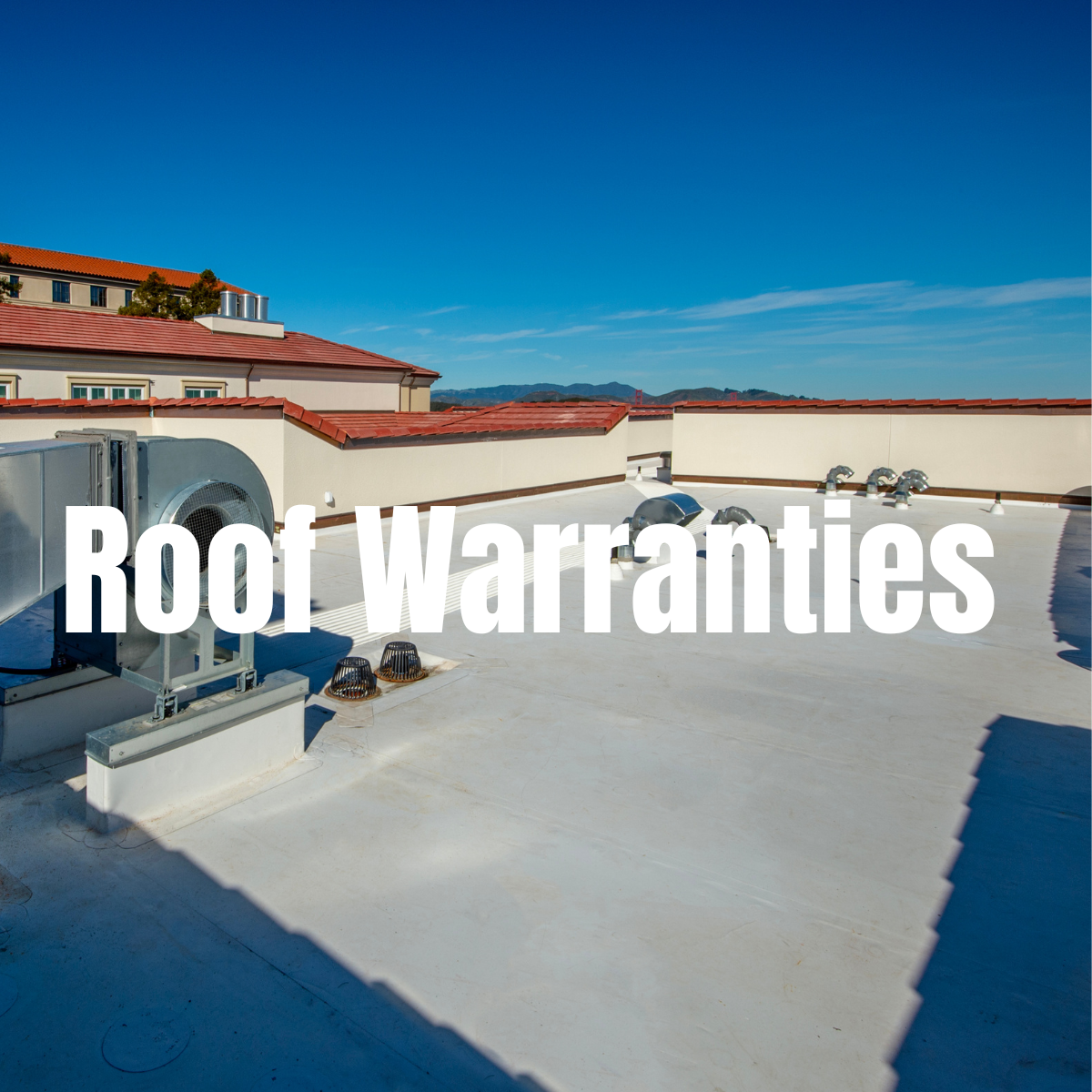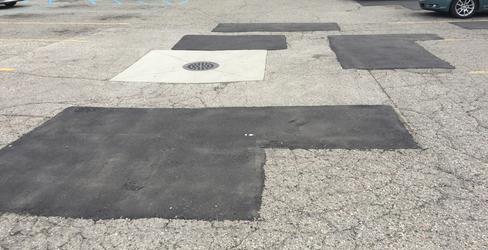Since the holiday season is here, let’s take a moment to unwrap the not-so-traditional gift of roofing knowledge, reminiscent of finding that perfect present under the tree. Just like selecting the perfect ugly Christmas sweater, choosing the right roofing system for your commercial or industrial building is a decision worth making with care. So, amidst the jingle bells and festive decorations, let’s delve into the world of single-ply roofing systems—TPO, PVC, and EPDM. These flexible and durable solutions are like the reliable elves of the roofing world, working quietly to protect your space. Join us on this brief journey through the magic of TPO’s reflective charm, PVC’s chemical resilience, and EPDM’s rubbery durability. It might just add a touch of joy to your holiday season, bringing a new appreciation for these roofing wonders!
The single-ply roofing system is most commonly used on low-slope or flat roofs in various commercial and industrial buildings. These types of roofs are characterized by having a gentle slope, typically less than 2:12 (2 units of horizontal distance for every 12 units of vertical rise). Single-ply roofing membranes are designed to be flexible, easily installed and have less seams to seal than other roof systems. Some of the most popular types of single-ply roof systems are TPO, PVC, and EPDM. Here’s the rundown on each and when it’s best to use them.
TPO (Thermoplastic Polyolefin) roofing system is a type of thermoplastic elastomer that is typically made from a blend of polypropylene and ethylene-propylene rubber. The combination of these materials provides the flexibility of rubber and the durability of thermoplastics. TPO roofs are often white or light colored which can help reflect sunlight and reduce heat absorption. This reflective property contributes to energy efficiency by keeping the building cooler and reducing the demand on air conditioning systems. TPO roofing systems are ideal for warmer clients.
PVC (Polyvinyl Chloride) roofing systems are known for their exceptional chemical and fire resistant properties. This combination of features enhances the overall safety of a building making it a great roof option where the roof is exposed to corrosive substances, oil, grease and harsh chemicals. PVC roofing systems are commonly used in a range of commercial and industrial settings, including restaurants, factories, hospitals, and other facilities where the roof is exposed to challenging environmental conditions.
EPDM (Ethylene Propylene Diene Monomer) roofing systems are popular for their durability, flexibility, and weather resistance. Composed of a synthetic rubber compound, EPDM membranes have shown exceptional strength against UV radiation, temperature extremes, and environmental exposure. It is known for its easy installation as it comes in large, flexible, seamless sheets. While not inherently reflective, EPDM roofs are available in white for an added cost. The material’s flexibility allows it to adapt to temperature fluctuations without cracking, making it a great choice for climates with extreme temperature changes.
Single-ply roofing systems typically have a lifespan of 15 to 30 years or more, depending on the specific formulation, thickness, and environmental conditions. Proper installation and regular maintenance can contribute to the longer end of this range. It is also important to explore investing in a warranty for your roofing system. Most manufacturers offer a 10 to 30 year NDL (no dollar limit) warranty for single-ply roofing systems, ensuring comprehensive coverage for both materials and labor. It’s important to note, however, that any repairs or maintenance must adhere to the manufacturer’s specifications; otherwise, the warranty may be voided. Entrusting the care of your roof to a knowledgeable professional familiar with your specific roof system and warranty is imperative to safeguarding its longevity and ensuring the warranty remains in effect.
In the spirit of the season, may your roofs be merry and bright, and may the magic of single-ply roofing bring peace of mind.




